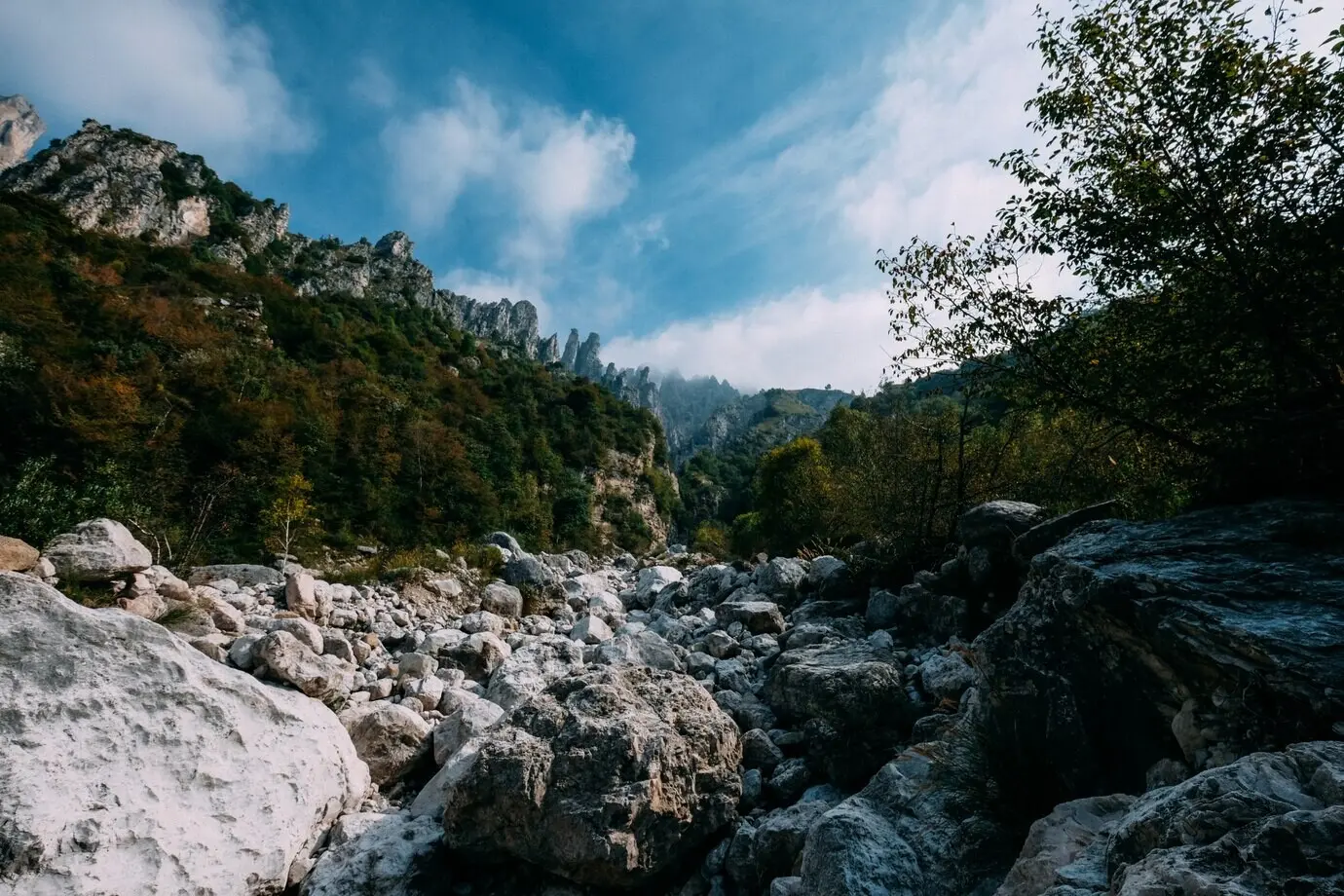Walk Lightly: Protecting Trails and Wild Places Together
Today we explore Leave No Trace practices to protect trails and natural areas, turning good intentions into everyday habits that genuinely safeguard fragile soil, water, plants, and wildlife. Whether you hike, run, ride, or camp, these respectful choices help everyone experience quiet, clean, resilient landscapes and return home proud to have preserved them.
Plan Before Boots Touch Dirt
Thoughtful preparation is the quiet superpower behind every low-impact adventure. By researching regulations, weather, terrain, and seasonal sensitivities, you reduce surprises that lead to shortcuts, damaged soil, and stressful decisions. Careful planning keeps groups smaller, routes smarter, and emergency risks lower—freeing you to absorb the beauty, share the path kindly, and model Leave No Trace for friends, children, and curious passersby who might follow your example.

Tread Where the Ground Can Handle It
Traveling on durable surfaces keeps erosion slow, waterways clean, and alpine plants thriving where roots grip thin soil. Rock, gravel, dry grass, packed snow, and established tread can withstand footsteps far better than saturated meadows or cryptobiotic crusts. By staying centered on the trail and resisting detours around puddles, you help keep paths narrow, sustainable, and safe for the next child who discovers hiking magic here.

Pack It In, Pack It All Out
Every crumb matters. Microtrash like torn corners of energy bar wrappers, wet wipes, and twist ties persists for years. Keep a designated zip bag for litter, another for recyclables, and a small glove for messy retrievals. Empty trailheads faster by packing fewer disposables and pre-portioning snacks at home in reusable containers.
Human Waste Done Right
Where allowed, use catholes 6–8 inches deep, at least 200 feet from water, trails, and campsites. In fragile or high-use areas, pack out waste with WAG bags as required. Pack out toilet paper and hygiene products. Hand sanitizer and thoughtful timing protect both your health and downstream ecosystems that rely on clean flows.
Greywater and Food Residue
Strain dishwater to capture bits, scatter the remaining water broadly 200 feet from sources, and pack out the strained particles. Greasy residues attract animals and train them to approach campsites. Cook appropriate portions, wipe cookware with a tortilla or reusable cloth, and savor spotless scenery as you leave quietly, grateful and unnoticed.
Let the Wild Keep Its Treasures
Skip the Souvenir, Keep the Memory
A pocketed shell or wildflower becomes a small loss repeated thousands of times. Instead, take detailed photos, record coordinates, and describe the moment in a journal or shared trip report. Your story grows richer while the creek bank stays intact for nesting insects, young fish, and marveling children tomorrow.
Respect History and Culture
Artifacts, petroglyphs, and historic structures belong to communities and descendants whose ties run deep. Do not touch, move, or trace markings. Share their significance in respectful words, point friends toward official resources, and report vandalism. Preservation honors living cultures and ensures future generations learn from authentic places, not damaged replicas.
Cairns and Trail Art
Rock stacks may mislead travelers, confuse rescue teams, and disturb microhabitats. Official markers already guide navigation where necessary. Resist constructing designs or names with sticks and stones. Channel creativity into photos, poems, or trail maintenance days that heal scars and uplift everyone who passes quietly through.
Choose Stoves First
Modern backpacking stoves are light, reliable, and far less risky than open fires. They minimize soot, protect scarce wood, and reduce embers that can blow into dry brush. In windy seasons or drought, a stable stove, windscreen, and patient simmer become the most delicious form of care you can offer a landscape.
If Fires Are Allowed
Use an existing ring, keep flames small, gather only dead and down sticks no thicker than your wrist, and stop feeding the fire well before bedtime. Burn wood to fine ash, drown, stir, and feel for heat with the back of your hand. Leave the site cool, clean, and ghostly quiet by morning.
Avoid Scarred Soils and Rings
Never build new rings or scorch rock faces that hold lichen and cultural history. If you discover illegal scars, consider volunteering with local stewards to dismantle them properly. Sharing before-and-after photos and lessons learned can inspire friends to choose stoves, star gazing, and warm conversation instead.
Give Wildlife Room to Be Wild
Observe from afar with binoculars, keeping at least 25 meters for most wildlife and 100 meters for bears. Never feed animals or leave salty gear unattended. Store food in bear canisters or lockers where required. Your quiet distance prevents stress, dangerous habituation, and unnecessary management actions that harm animals and communities.
Trail Courtesy That Prevents Erosion
Yield according to local norms: downhill to uphill hikers, bikers to pedestrians and equestrians, everyone to horses. Step onto durable surfaces to let others pass without crushing plants. Keep voices soft, share viewpoints, and set an example by picking up stray litter. Courtesy is conservation made visible in every small, shared decision.